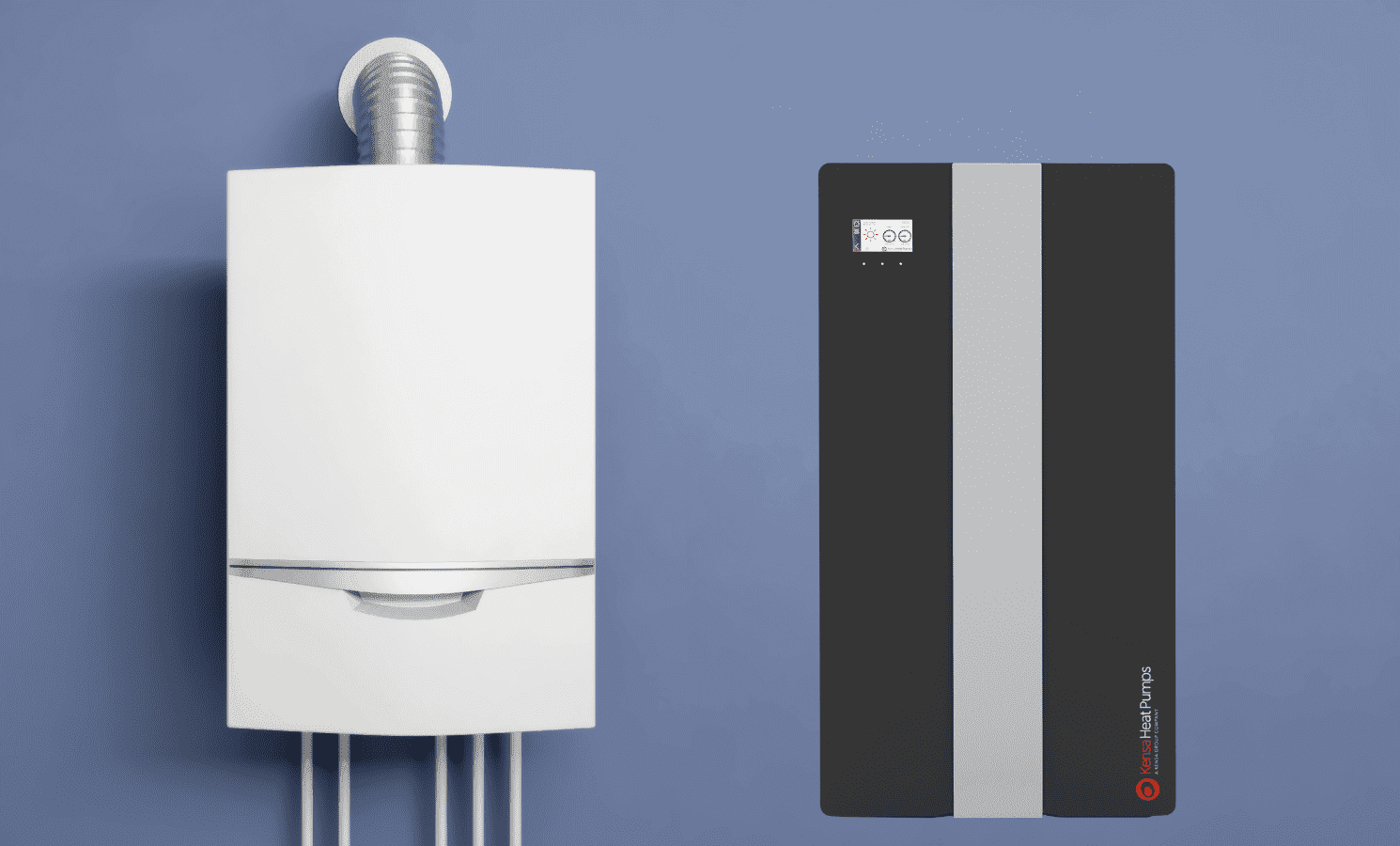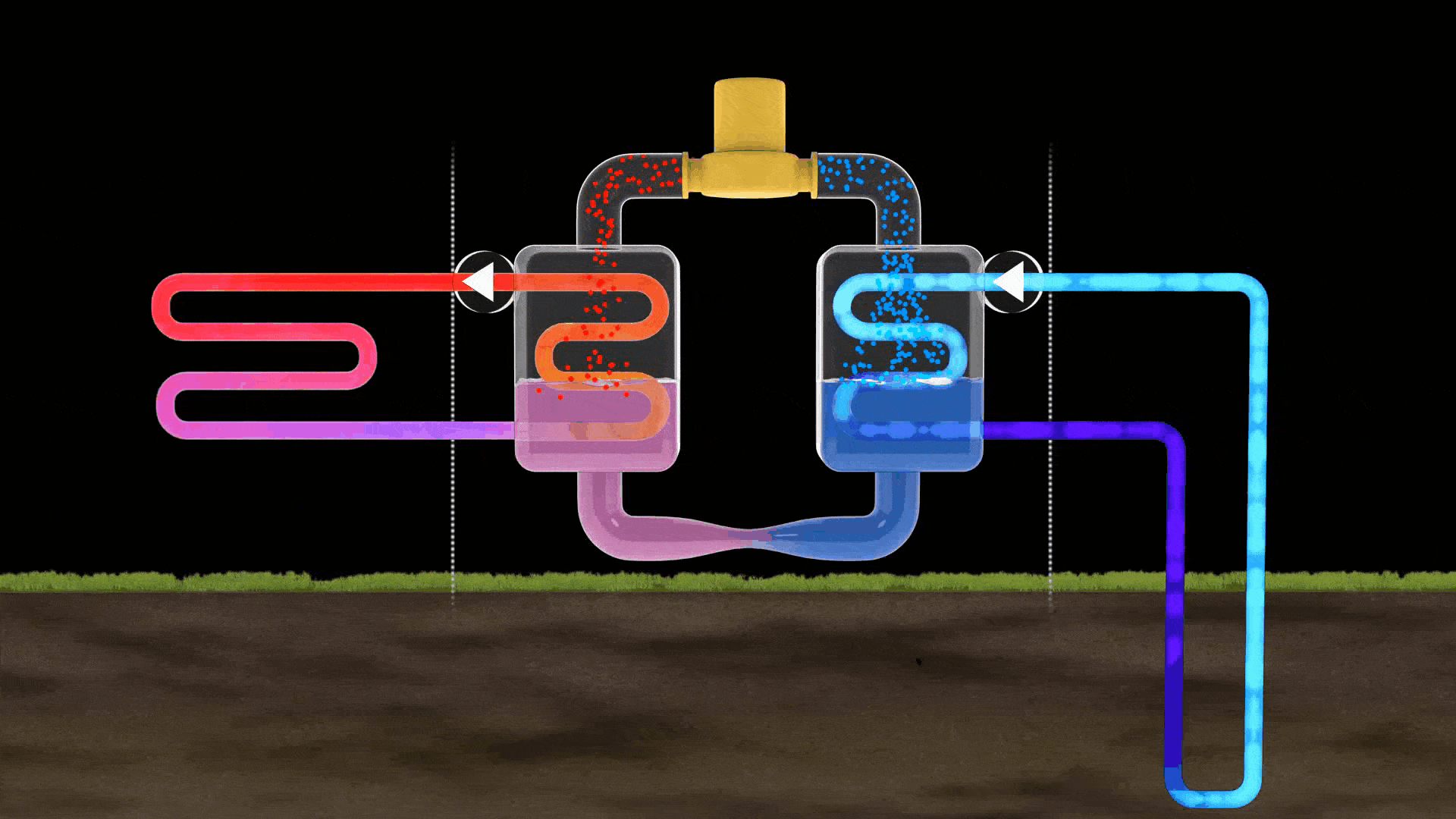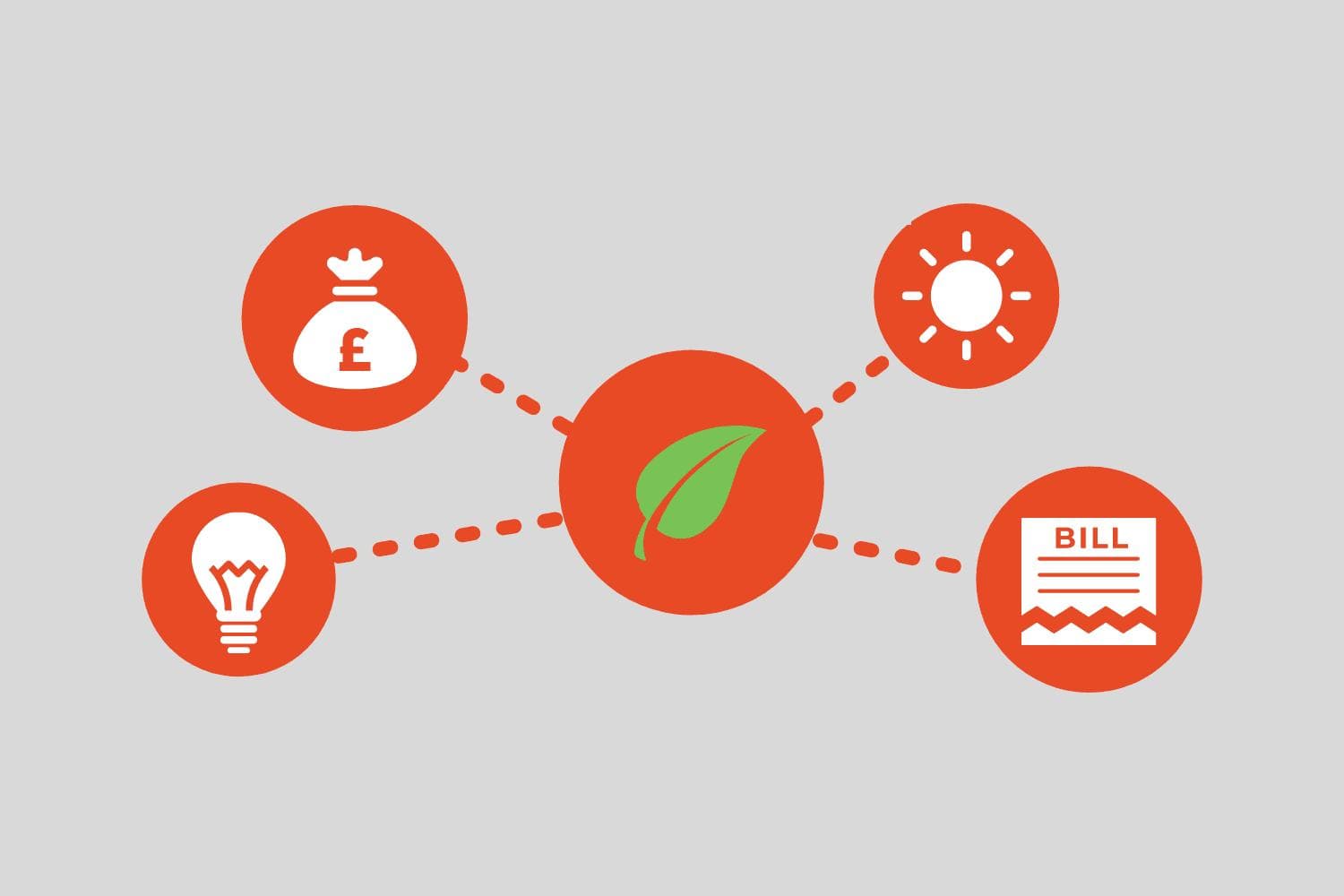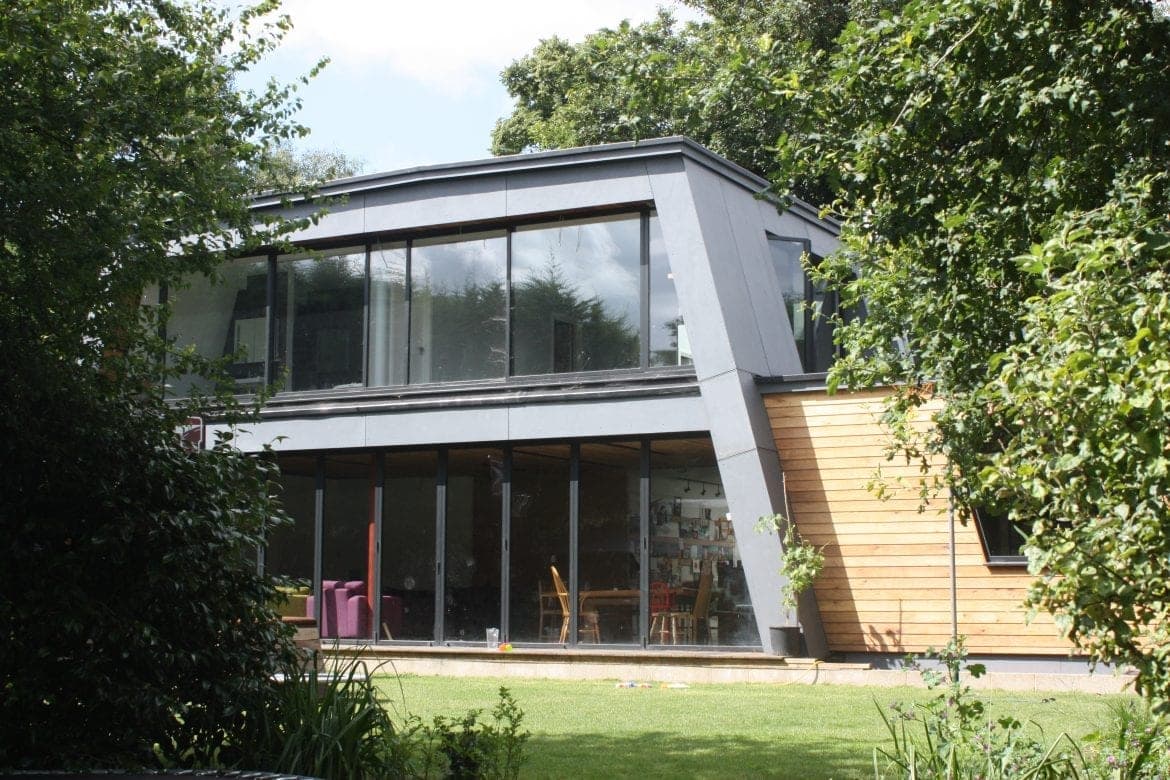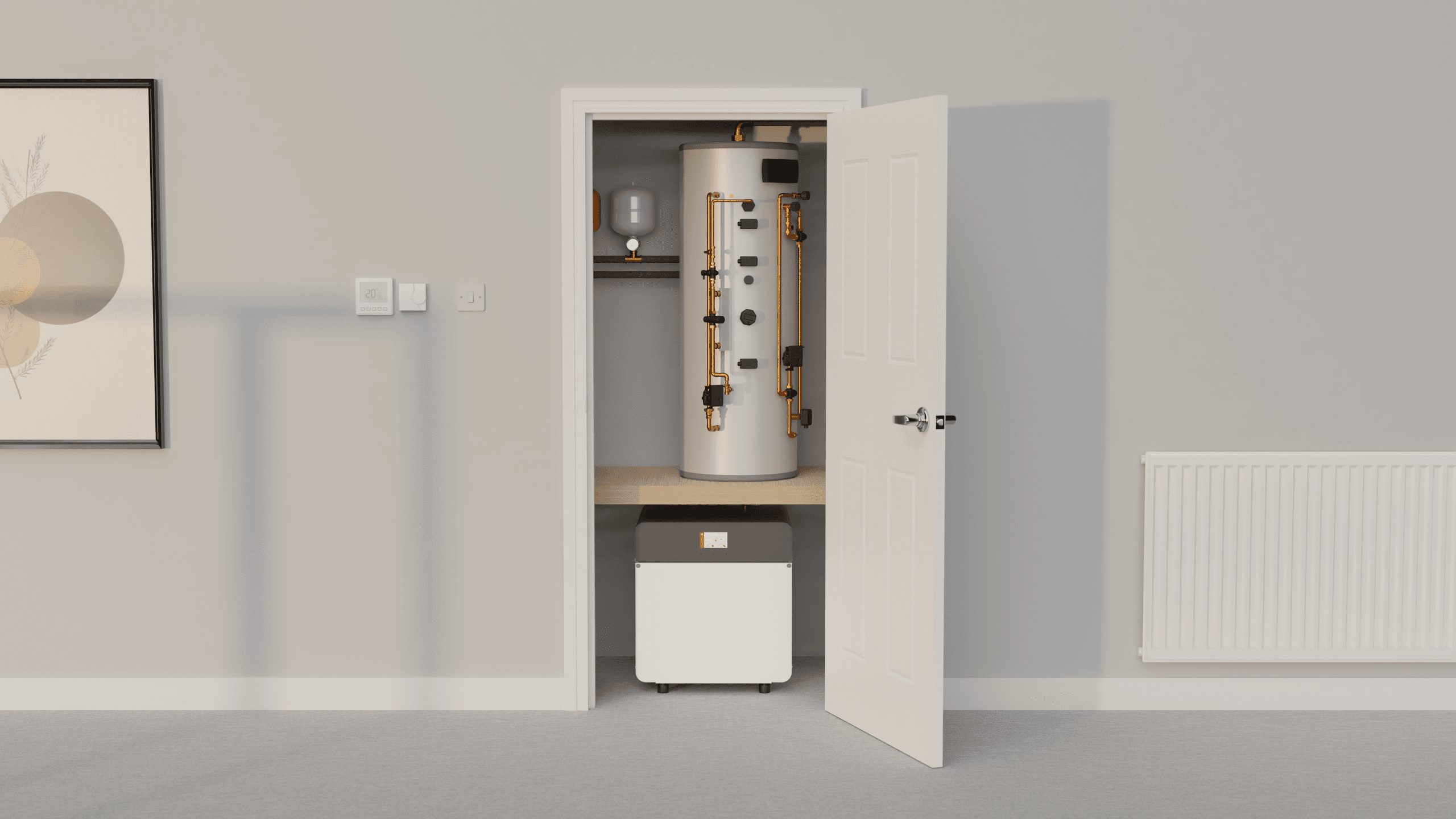
Why are gas boilers being phased out?
To achieve the UK’s legally binding target of net-zero carbon emissions by 2050, it’s vital that fossil fuels, including natural gas, are phased out and replaced with renewable alternatives.
A big benefit of a ground source heat pump is that it future-proofs properties – both in terms of sustainability and conforming to regulation. From 2025, the government has confirmed that gas boilers will no longer be an option for new builds. They are even set to commit to cutting carbon emissions by 78% by 2035, meaning that a significant amount of gas boilers will have to be ripped and replaced. In fact, to tackle the climate crisis, it’s possible that by the mid-2030s, the installation of new gas boilers will be banned entirely.
It’s not just the low-carbon reasons. Renewable heating systems, such as ground source heating, come without the flammability, risks, flues and regulations associated with gas. Using a non-flammable refrigerant, heat pumps such as the Shoebox also avoid the risks, servicing and expenses of fossil fuel systems.
